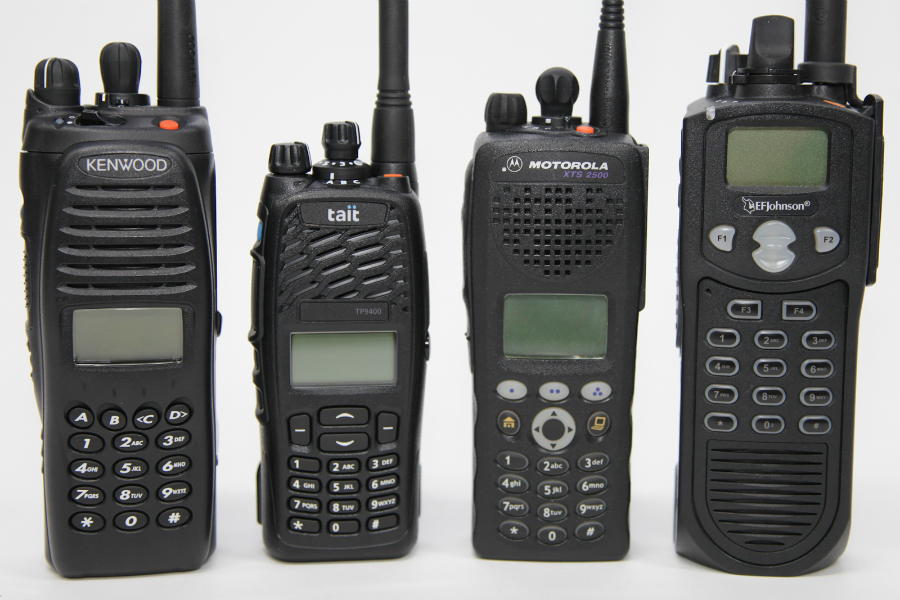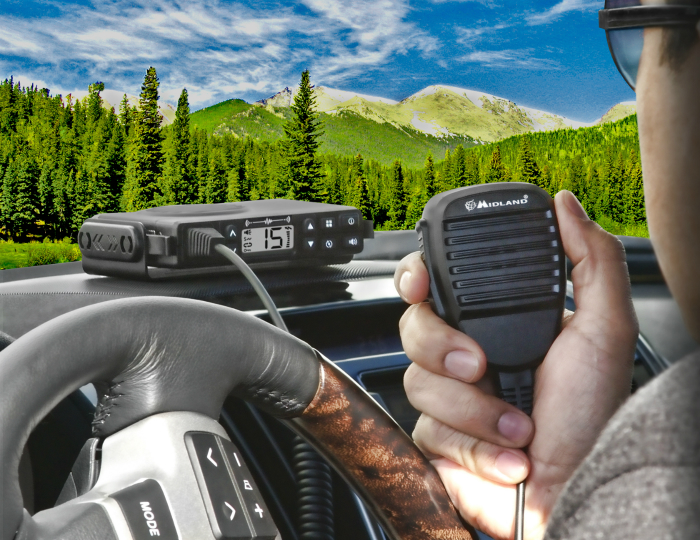
When disaster strikes, you should have a means of keeping in touch with people who may be able to help you. This is where having a ham radio can come in handy.
Even in the era of smartphones and tablets, ham radios are still the best alternative device especially when communication lines are down. With the advantages that having a ham radio brings, you should study how to operate one efficiently.
Short background of ham radio
The term "ham radio" was used as a pejorative nickname for amateur radio operators coined by commercial and professional radio communities in the early 20th century. Since then, the term has been embraced by these amateur radio operators, gaining widespread usage by the 1920s.
Amateur or ham radio operators are granted an amateur radio license by the Federal Communications Commission (FCC) in the United States upon passing an examination on radio theory and operation. These licenses allow them to use select frequencies but prohibit them from accepting money or any material compensation.
There are about 700,000 licensed ham radio operators in the U.S. and about 3 million worldwide. These operators interact with other operators through radio frequencies assigned by the FCC to amateur radio. Most of the frequencies assigned are for emergency and inter-agency communications.
When you become a ham radio operator, it is important to know different frequencies to ensure seamless communication and to respond or call for help when needed.
Weather channels are one of the most important frequencies you should connect to with your ham radio. These channels provide daily updates about the weather in a specific area. Aside from weather channels, ham radio should also be connected to frequencies of security services, transport agencies, and maritime.
Getting an amateur radio license
If you're interested in operating a ham radio, then you need to secure a license. There are three classes of licenses - Technician, General, and Extra. The Technician license is suitable for new ham radio operators.
To get a Technician license, you need to pass one examination with 35 questions on topics such as radio theory, regulations, and operating practices. Once you've been licensed, you will be given access to radio frequencies above 30 megahertz. Bearers of the Technician license can communicate locally and even within North America.
Meanwhile, the General license can only be attained by passing the Technician license exam first. In addition, another 35-question exam for the General license has to be passed. This license will give a ham radio operator access to all amateur radio bands and all operating modes, and even to international communications.
Finally, the Extra class license is the most difficult to attain. It requires that you pass a 50-question exam on top of the Technician and General license examinations. Holders of the Extra class license have access to all available amateur radio operating privileges -- on all bands and modes.
Licenses are issued by the FCC but the examinations are administered by volunteer groups of amateur radio operators. The licenses have a validity of ten years, and anyone except a representative of a foreign government can have it.
Once a licensed is secured, your radio must be programmed to all locally-assigned radio frequencies. The advantage of being a licensed ham radio operator is having the access to certain frequencies, known as bands, which range from bands at 1.8000 megahertz to bands above 300 gigahertz.
It's to these high-frequency stations that most radio operators flock and that most repeaters can be found. In addition, most information and notifications are broadcast on these high-frequency bands during natural disasters or when an alternative mode of long-distance communication is needed.
Options for unlicensed radio operators
If you don't have a ham radio operators' license, you can instead use Citizens’ Band or CB radio. This is a two-way, short-range radio commonly used for business purposes and even as a hobby. But this type of radio is also a good source of information, especially while on the road. With 40 channels between 26.965 megahertz and 27.405 megahertz, it can also be used for voice paging.
Among its 40 channels, 27.065 megahertz, or channel 9, is the one reserved for emergency communications and for assisting travelers. A CB radio can be operated at any location within the scope of FCC’s radio communications. The CB transmitter must be also FCC-certified.
In using a CB radio, these are some important things to be considered:
- The power output of a CB transmitter should not be raised.
- The CB transmitter should not be attached with a “linear,” “linear amplifier,” or any other type of power amplifier.
- For antennas on top of vehicles or hand-held devices, there are no height restrictions.
- The highest point of an antenna for buildings or structures must not be more than 20 feet above the top of the structure.
- In using the CB radio, you may use an on-the-air pseudonym.
- Give priority to emergency communications.
Another type of radio that can be used by unlicensed operators is the walkie-talkie, especially the one with access to FRS frequencies. The other frequency used with walkie-talkies – GMRS – cannot be used without a license.
For more on disaster preparedness and survival tips, you may check out OffGrid.news.
Sources Include:
Please contact us for more information.



















